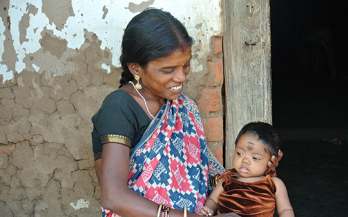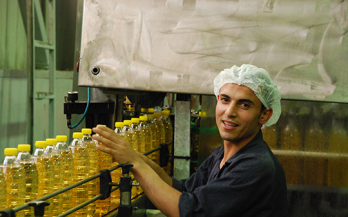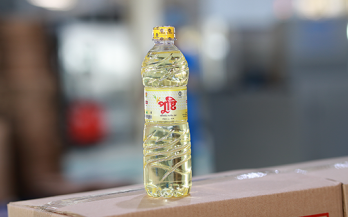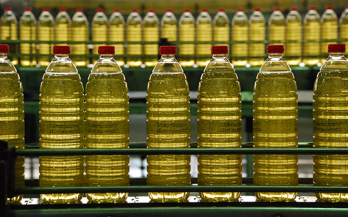The objective of this study was to assess the effects of prenatal home (point‐of‐use) fortification of foods with multiple micronutrient powders on maternal and newborn health.
Two national surveys were conducted in Jordan in 2002 and 2010 to investigate the micronutrient status in women and children. To determine the prevalence of anemia, iron and folate deficiency among women and children in 2010 and compare with the prevalence of anemia and iron deficiency in 2002.
The Integrated Child Development Services in the State of Telangana, India, freely provides a fortified complementary food product, Bal Amrutham, as a take-home ration to children. This study was conducted to estimate the coverage and utilization of Bal Amruthama, a fortified complementary food product, and to identify barriers and drivers.
This study assessed whether the predicted differences in age-sex patterns were observed in the village, replicated the examination nationally for indigenous children, and examined whether the pattern in nonindigenous children was different.
Nutritional supplements are an important source of complementary food for young children, since they may either complement or substitute nutrients obtained from other food sources.
Vitamin D deficiency in children remains a global concern. Although literature exists on the Vitamin D status and its risk factors among children in the Middle East, findings have yielded mixed results, and large, representative community studies are lacking.
Researchers acknowledge that the majority of nationally-representative data on Vitamin A supplementation (VAS) status is outdated. This study examined data from 82 countries implementing VAS programs, identified other VA programs, and assessed the recentness of national VA deficiency data.
The purpose of this study was to examine the potential contribution of fortification of vegetable oils with vitamin A in Indonesia and Malaysia to increasing vitamin A consumption in these two countries and in countries to which oil is exported.
The aim of this study was to assess oil consumption, vitamin A intake and retinol status before and a year after the fortification of unbranded palm oil with retinyl palmitate.
Fortification of vegetable oil with vitamin A is considered a cost-effective and simple to implement strategy, but the stability of vitamin A remains a limiting factor. The objective of this study was to estimate vitamin A losses in oil with different chemical characteristics.










